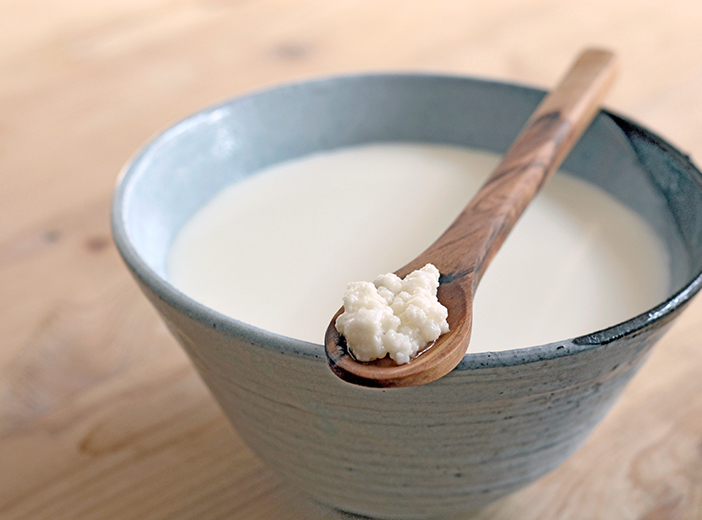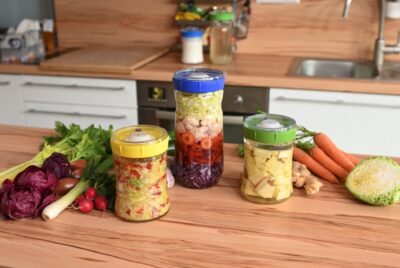What is kefir and why is it good for you?

What Is Kefir?
Kefir is a fermented beverage, filled with probiotics and other healthy ingredients. It is made by leaving special reusable living cultures, called kefir grains, in a liquid such as milk or sweetened water to ferment for about 24 hours. Kefir grains consist of proteins, polysaccharides and a mixture of several types of micro-organisms, such as yeasts and aroma and lactic-acid forming bacteria proven highly beneficial to humans. Kefir helps boost your immune system, improves your digestion, helps regulate your cholesterol, and has other numerous beneficial effects.
Milk kefir or búlgaros is a result of the inoculation of milk with milk kefir grains.
Water kefir, also known as tibicos, is a result of the inoculation of sugary water with tibicos (water kefir grains).
Historically kefir has origins in Caucasus Mountains and was produced in skin bags. These were placed near the door and knocked several times a day to stir the contents. This would ensure that milk and the grains were well mixed. Today, kefir is very popular among individuals with care of their health and love for natural traditional methods of food preparation. For fermentation you will need at least two things; kefir grains and a glass jar.
Kefir Grains
The grains are a symbiotic relationship of over 30 different strains of beneficial bacteria and yeast. The bulk of the grain that you see is a combination of insoluble protein, amino acids, lipids (fats) and soluble-polysaccharides (complex sugars). Scientifically speaking, the content of a freeze dried kefir grain has shown to be composed of 4.4% fat, 12.1% ash, 45.7% Muco-polysaccharides, 34.3% total protein (consisting of 27% insoluble protein,1.6% soluble protein and 5.6% free amino acids) as well as a trace amount of unknown substances. Amorphous and crystalline iron is also found in small amounts on the surface of the grains under a microscope. [source]
Kefir grains are a reusable culture. This means you only need to get them once and you might be able to ferment indefinitely (if you take good care of them). The best way to acquire kefir grains is to get them from another fermented, this might be a friend or another kefir enthusiast out there. You can easily find individuals who are willing to share at www.kefirhood.com, a sharing community of over 3000 individuals from all around the world.
Glass Jar
Traditionally kefir was fermented in skin bags which were knocked often to mix the contents. Now we can use any non-corrosive materials. Most commonly people use glass jars which are easy to clean. Additionally you need to ensure good air flow. Fermentation will produce certain gases and these need a way our. Otherwise you can expect a big mess in the kitchen. Messy can also be task of separation of kefir grains from kefir itself. Many use strainers and cloths. We highly recommend using all in one solution: Kefirko.




